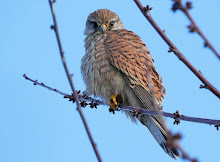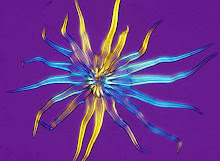




Every summer Durham University Botanic Garden hosts a wonderful display of annual cornfield weeds (or wild flowers, depending on your point of view). These are species that would have been familiar to Iron Age farmers but have now all but disappeared from the agricultural landscape, thanks to improved methods of cereal seed cleaning and decades of intensive use of systemic herbicides that wipe out weeds soon after germination and never allow them to set seed, so that the bank of seeds in the soil is finally depleted and the species become locally extinct. In Victorian times, when the main method of weed control was manual labour, all these species were serious weeds of crops that drastically reduced crop yields. The cornfield border is the most stunning exhibit in the Botanic Garden at this time of year, eclipsing even the giant Amazonian waterlilies in the glasshouses for their sheer ‘wow’ factor, and is a reminder of what has been lost from the agricultural landscape. Shown here, top to bottom, are corn poppies; corn marigold; cornflower; corn chamomile;corncockle. The whole border positively hums with bees and hoverflies. These are all easy species to grow in a wild flower garden. For more information about Durham University Botanic Garden visit http://www.dur.ac.uk/botanic.garden/




































































